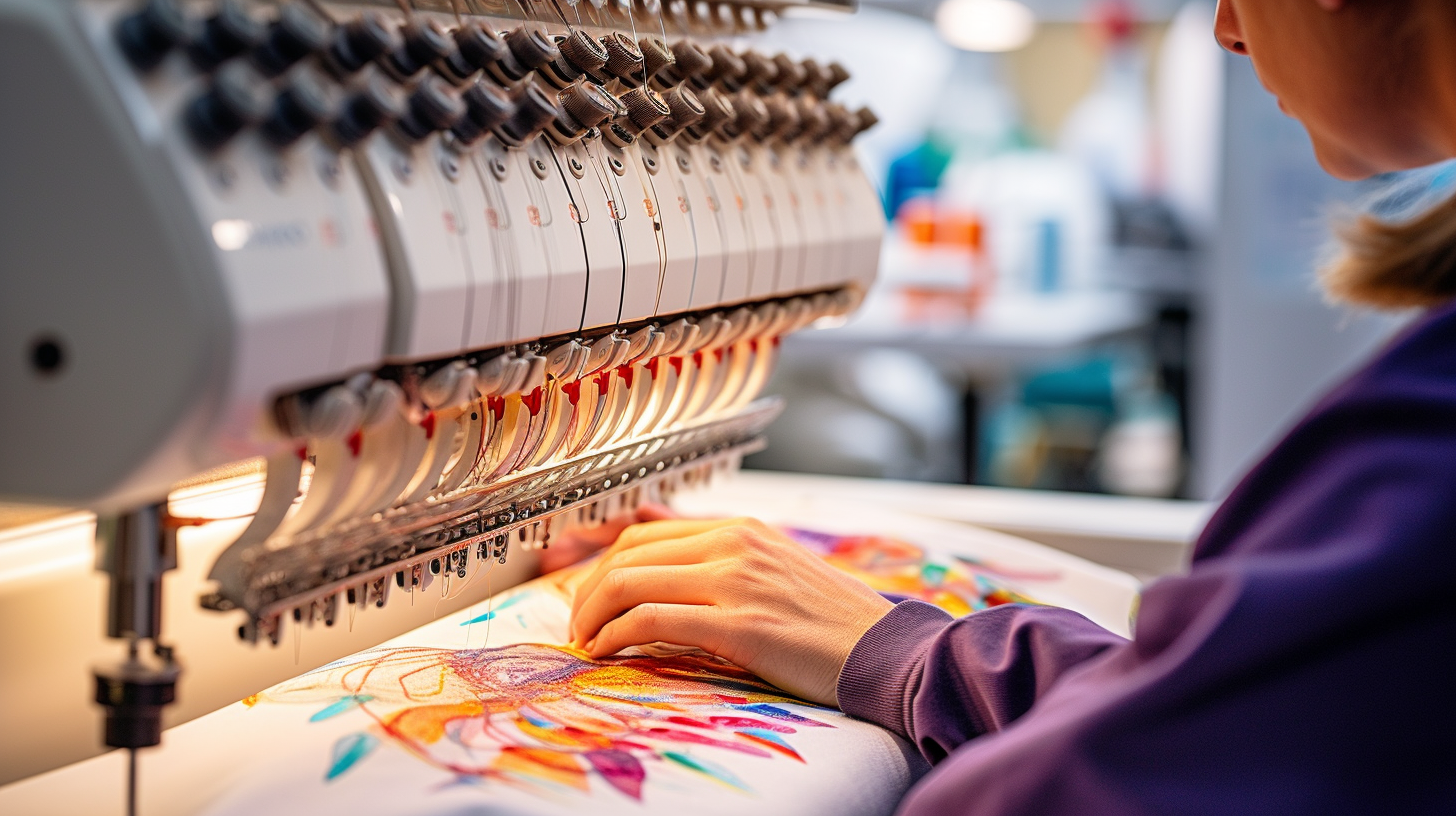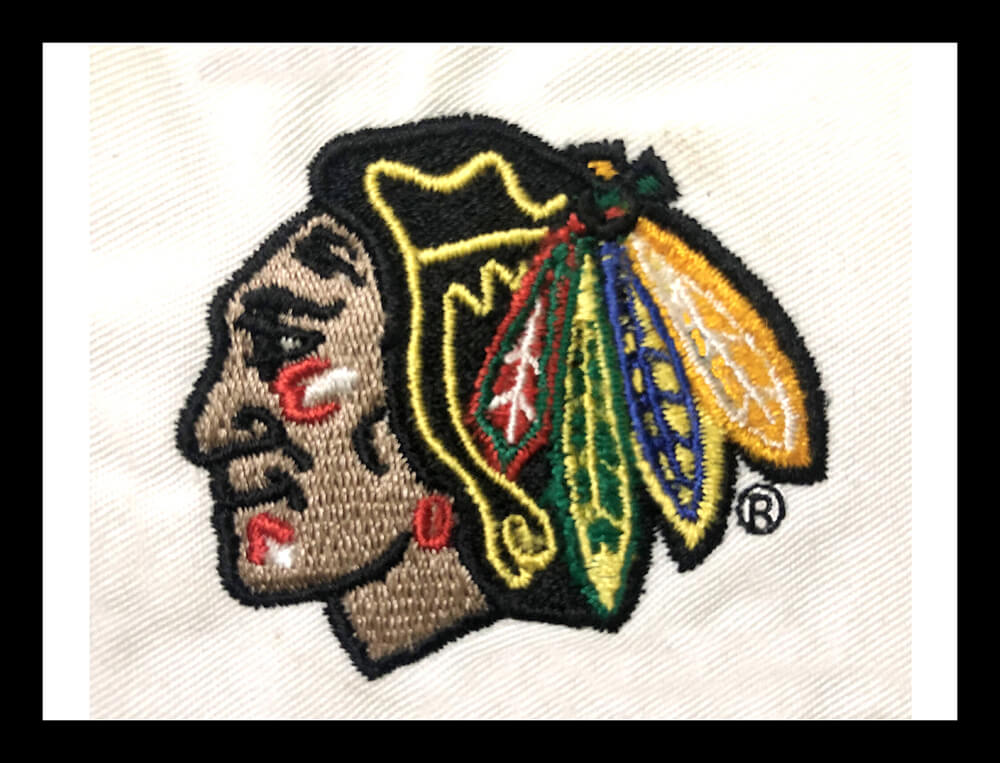Professional Digitizing for Embroidery: High-Quality Layouts
Professional Digitizing for Embroidery: High-Quality Layouts
Blog Article
Streamlining the Art of Needlework Digitizing: Step-by-Step Guide
As innovation proceeds to advance, the digitization process has actually become extra available, enabling lovers to bring their complex designs to life with ease. In this overview, we will untangle the intricacies of embroidery digitizing, damaging down each step methodically to improve the process and empower both novices and experienced embroiderers alike.
Comprehending Needlework Digitizing Software Program
Embroidery digitizing software application functions as a critical tool for changing detailed layouts right into electronic formats compatible with needlework equipments, assisting in exact stitching and modification. This specialized software program permits customers to import different image file formats, such as JPG or PNG, and convert them right into needlework machine-readable styles like DST, EXP, or PES - Digitizing for Embroidery. By making use of attributes like stitch editing and enhancing, rug options, and string shade selection, digitizing software program enables customers to control every element of the layout process
Moreover, progressed embroidery digitizing software application supplies tools for developing complex styles, changing stitch density, and incorporating elaborate information. Users can additionally sneak peek the layout prior to stitching it out, making certain precision and lessening mistakes. In addition, lots of software application offer automatic features that help improve the digitizing procedure, conserving time and effort.
Comprehending the abilities of embroidery digitizing software is vital for accomplishing high-grade results in needlework tasks. By grasping this device, needlework fanatics and professionals can unleash their imagination and bring intricate layouts to life with accuracy and effectiveness.

Picking the Right Layout File
After familiarizing on your own with the capabilities of embroidery digitizing software program, the following essential step in the process is selecting the best style declare your task. Digitizing for Embroidery. When selecting a style apply for embroidery digitizing, it's vital to take into consideration the complexity of the design, the dimension of the last product, and the sort of textile you will be dealing with
For detailed layouts with fine information, a high-resolution image or vector file is recommended to make sure that the needlework equipment can properly replicate the design. Furthermore, the dimension of the final product plays a considerable role in selecting the best layout file. Bigger styles may need higher resolution data to maintain clarity and intensity.
Furthermore, the kind of fabric you will be embroidering on affects the choice of design data. Various materials might call for adjustments in the style data to guarantee that the stitches are appropriately lined up and the design looks like planned. By meticulously picking the right design data based on these factors, you can set yourself up for an effective embroidery digitizing process.
Digitizing Devices and Strategies
Using specialized software program and precision methods, digitizing devices are important in changing intricate styles right into embroidery-ready data. Embroidery digitizing software application, such as Wilcom, Hatch, or Embrilliance, offers the essential system to convert artwork right into stitch information. These programs supply features like stitch editing and enhancing, underlay options, and text devices to guarantee the design equates effortlessly onto fabric.
One of the key techniques in digitizing is creating a clear path for the needlework maker to comply with. This involves digitizing each component of the layout with precision, establishing stitch kinds, densities, and instructions. By utilizing devices like digitizing tablet computers or software-specific plugins, embroiderers can accomplish a high degree of precision in their digitized designs.
In addition, grasping the art of rug sewing is vital for creating quality needlework. Underlay sewing supports the material and creates a structure for the style, making certain that the end product is both visually enticing and resilient. By comprehending these digitizing devices and strategies, embroiderers can boost their craft and bring elaborate layouts to life with accuracy and effectiveness.
Tailoring Stitch Types and Directions
Having established a structure in digitizing devices and methods, an essential element in advancing needlework workmanship exists in tailoring stitch kinds and directions with precision and objective. The option of stitch kinds can dramatically affect the total appearance and appearance of the embroidered layout. Satin stitches, known for their smooth and glossy surface, job well for developing boundaries and text. On the other hand, fill stitches are excellent for covering bigger locations efficiently. By purposefully integrating these stitch kinds, embroiderers can attain deepness and measurement in their styles.
Furthermore, the instructions of stitches plays a critical role in improving the visual appeal of the final needlework. Diverse stitch instructions can include texture, emphasize particular aspects, and create visual passion. For instance, altering the angle of stitches can simulate you could check here motion or natural patterns like hair or plumes. By trying out with various stitch angles and patterns, embroiderers can bring their styles to life click this with amazing detail and complexity. Mastering the art of tailoring stitch types and directions empowers embroiderers to unleash their creative thinking and elevate the high quality of their job.
Testing and Refining Your Digitized Design
To ensure the accuracy and top quality of your digitized layout, thorough testing and refinement are important action in the needlework digitizing process. When you have actually completed the digitization of your style, it is critical to check it prior to proceeding with the real needlework. Checking permits you to identify any possible concerns such as string breaks, stitch density issues, or design distortions that may impact the outcome.

After screening, it is important to refine your digitized layout based on the responses from the test sew-out. This might entail tweaking sew settings, adjusting thickness, or making modifications to the total layout to accomplish the preferred result. By repeating with screening and refinement, you can adjust your digitized style to excellence prior to moving onward with the actual needlework process.
Conclusion
To conclude, mastering the art of embroidery digitizing calls for a thorough understanding of the software, selecting the best design data, making use of digitizing devices and techniques, personalizing stitch types and instructions, and testing and refining the digitized style. By adhering to these steps, embroiderers can streamline the digitizing process and check these guys out create top notch stitched layouts with accuracy and performance.
Report this page